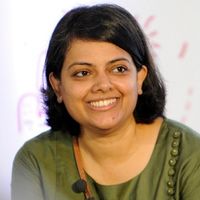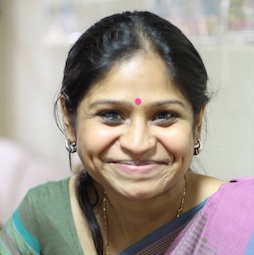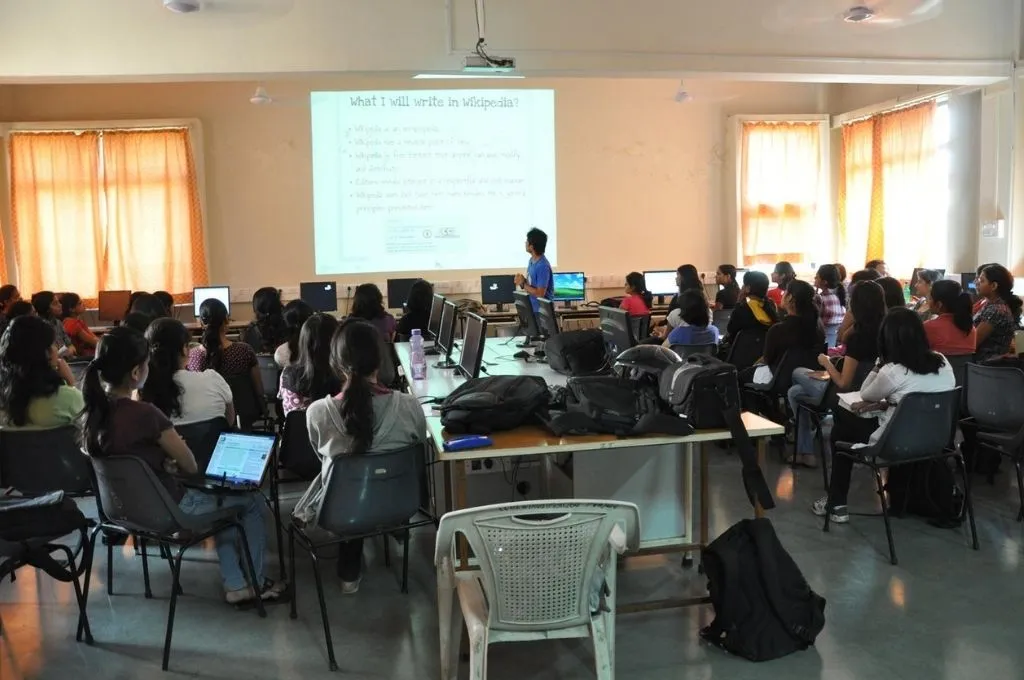India has recently seen a diverse range of stakeholders—from researchers and educators to employers and parents—who have understood that social-emotional learning (SEL) skills and non-academic skills matter in the lives of young people. With COVID-19, as we saw adults and young people report increased levels of stress, anxiety, and depression across the globe, the importance of SEL was highlighted even more.
Pratham’s 2019 ASER report pointed out the urgency in the need to integrate life skills within school curriculums. Further, the National Education Policy (NEP) 2020 included SEL as a key tool in aiding the education system to “develop good human beings capable of rational thought and action, possessing compassion and empathy”. This kind of acceptance within the Indian education ecosystem is heartening given that states such as Delhi and Uttarakhand have now introduced curriculums that focus on improving the mental well-being of children via sessions on mindfulness, critical thinking, problem-solving, and relationship building, among others.
SEL interventions alone aren’t enough
There is enough evidence that SEL programmes have led to improvements among young people. For instance, at Dream a Dream, a nonprofit that works with children from variously marginalised backgrounds, we saw that despite adverse social circumstances the young people involved in SEL programmes demonstrated improved life skills, including interacting with others, overcoming difficulties and solving problems, taking initiative, managing conflict, and understanding and following instructions.
What remains perturbing about SEL programmes is that the onus of ‘improvement’ continues to be on the young person.
However, what remains perturbing about SEL programmes is that the onus of ‘improvement’ continues to be on the young person—who is often living in a system mired in inequity and discrimination. Imagine a Muslim child from a low-income background, living in a predominantly Hindu-populated community. He attends a middle-class Hindu-majority school where he is constantly subjected to religious slurs. Eventually, because of the bullying, he becomes subdued and quiet. If the SEL programmes tell him that he needs to ‘become confident’ or ‘take leadership’ without considering his lived reality, what impact would they have on him other than further eroding his self-worth?
Therefore, important as these SEL interventions are, they cannot bring about change in isolation. The entire education system in India needs to gear up to tackle the systemic barriers arising out of caste, class, religion, social status, and gender, among other factors, that continue to push young people back. To really move towards inclusivity, we will need a change in the mindsets of all the people involved, including educators, school leaders, and parents, as well as changes in curriculums and assessments.

The need for an intersectional lens
Given the SEL momentum that has picked up in India, we must pause and reflect on some difficult questions.
- How can the educational ecosystem work to stop the perpetuation of the systemic barriers that continue to haunt young people in India based on their social identities?
- How should SEL programmes help young people unpack the ways in which their intersecting identities contribute to increased risk for discrimination and oppression within the education space?
- What about our own biases and privileges as teachers, educators and SEL facilitators, and our own intersecting social identities and their impact in our classrooms?
Dena Simmons, founder of LiberatED, a collective that works on building an SEL approach to healing and racial justice, believes that when SEL programmes are used in a manner that disregards the identities of marginalised young people, it becomes a bid to ‘fix’ their behaviours and therefore ends up looking like “white supremacy with a hug”.
To understand this in an Indian context, think of a teacher with over 60 migrant students packed into a small classroom in Uttarakhand. We observed this teacher telling the children a story about a man who lived in a 100-room house. The story was about how the man was made to realise that while he and his wife shared one room, the remaining 99 rooms were for his greed. This moral conclusion on greed, completely out of context, only led to the children mouthing “greed is bad”, without any understanding of what that meant in their day-to-day life.
Understanding our role in the ecosystem
So how do we go about building our capacity towards intersectional SEL?
A good first step would be to acknowledge and understand our own intersecting identities as facilitators, teachers, administrators, education leaders, and anyone working in the education ecosystem. Distilling our own privileges and how these exacerbate discrimination can also aid in building a sense of how social identities function in the lives of marginalised children.
An example of this is caste-based exclusion. Dr Praveen Kumar, erstwhile principal secretary at the Telangana Social Welfare Residential Education Institution Society (TSWREIS), brought about many reforms in the TSWREIS schools. But his most significant contribution to developing children’s self-confidence was offering all the children a new last name/surname—Swaero—to help them overcome the systemic discrimination they face when their last names reveal their caste identity. The results tell their own story.
Unearned privileges arising out of being a member of the upper caste/class can essentially be anything from easy access to education and other services to having more time in a day. Our privilege in that sense is not visible to us and we assume it to be the way of the world. For example, a teacher would regularly punish a child for being late to class, branding her lazy and irresponsible, until he realised that before she came to school, this child needed to get all her siblings ready, do the laundry, and make food for the family. She also didn’t have a clock at home and never knew the time. As we see in this case, privileged notions of punctuality being the only indicator of responsibility is deeply flawed and blind to the realities of many of our children.
An intersectional lens is important because only then will SEL practitioners build an equity-centered approach.
An intersectional lens is important because only then will SEL practitioners build an equity-centered approach that helps affirm young people’s lived experiences and not perpetuate the same discrimination that leads to marginalisation in the first place.
Putting it into practice
While the journey to create a truly equitable and inclusive programme could take years, some of the initial steps that organisations working with SEL can take include:
1. Examining curriculum
Organisations must invest time and resources to relook at the existing SEL curriculum and check if it is reinforcing any stereotypes. They should also ensure that the stories being told represent different communities and lived realities, and that the activities mentioned are flexible and inclusive so that all children can participate.
2. Training staff
Team members conducting SEL exercises must understand and recognise how different identities intersect and should be able to take them into account during interactions with young people. This can involve workshops on gender sensitisation and the impact of the caste system on the mental health of children, along with self-reflection activities to explore our own areas of privilege and discrimination.
3. Creating assessments that measure movement, not benchmarks
One of the ways in which assessments can play a hugely detrimental role is when children are benchmarked against standards that assume a normative pattern of child-development. When children grow up in adverse circumstances due to their social marginalisation, standard benchmarks cannot be applied, and we must assess them on the improvements there are making and not the benchmarks they are achieving.
4. Hiring a diverse team
The team working on SEL curriculum, conducting classes, and carrying out feedback exercises should have adequate representation from the communities the organisation serves. It is important to look at the intersecting identities of the team members themselves and ensure there is enough diversity and inclusion in the team.
5. Putting equitable policies in place
While hiring a diverse team would be the first important step, we then need to ensure that the policies we have, especially with regard to assessing performance and providing benefits, consider the marginalisation and discriminations that the diverse team members face. Policies must be framed to in a way that everyone is given equitable opportunities for growth.
6. Ensuring long-term support for young people
The SEL programmes should continue to engage with young people beyond the duration of the programme. This helps them navigate the systemic discriminations they encounter as they enter adulthood.
7. Working in government school systems
Finally, it is necessary for SEL programmes to work inside the government school system where most children from marginalised backgrounds are currently enrolled. Investing in developing the same capacities and understanding within the public system is necessary to make the education system more equitable and inclusive.
—
Know more
- Learn why SEL programmes are important for young people’s growth.
- Watch this video that explains how SEL works in the Indian context.






